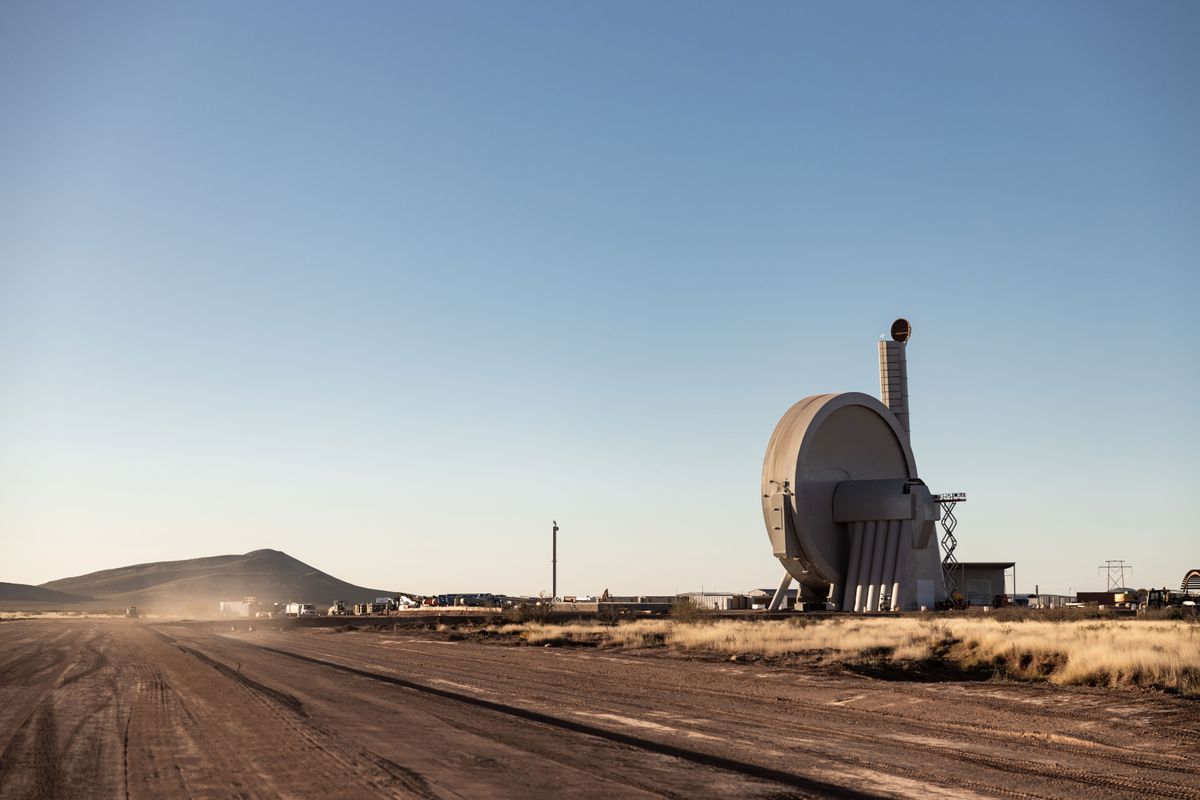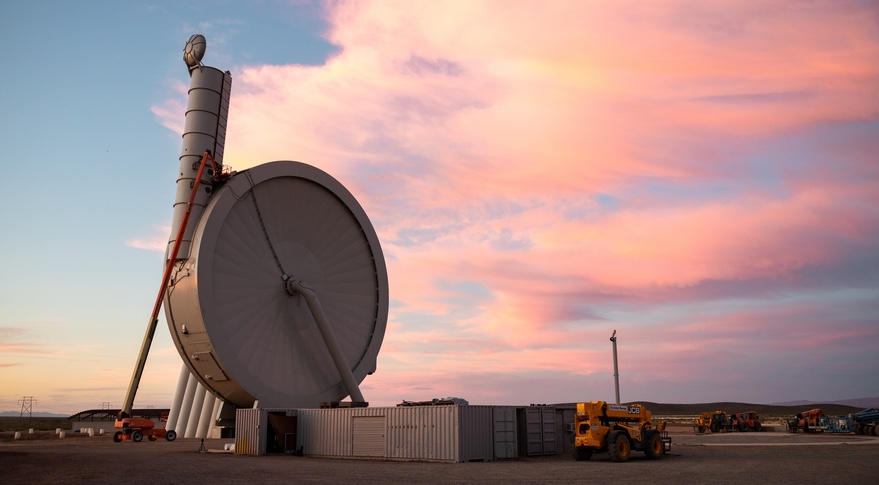The wobble is probably due to the projectile's length, if it had zero length and were attached at the point where the arm is normal to the launch path there should be no wobble. The wobble should be predictable and I'd think it would be possible to stop it proactively with some sort of thruster at release.
The tumble is due to basic physics... as it is being spun about, the projectile is rotating. When it's released it retains that angular momentum until something acts on it.
It tumbled through at least one full rotation by the time it passed out of view of the drone that filmed it... perhaps a hundred, two hundred feet. You'd need a massively powerful thruster, and a precise one, to arrest that rotation rate in the short launch tube. That's yet more weight cost and complexity.
A simple cannon looks better and better.




